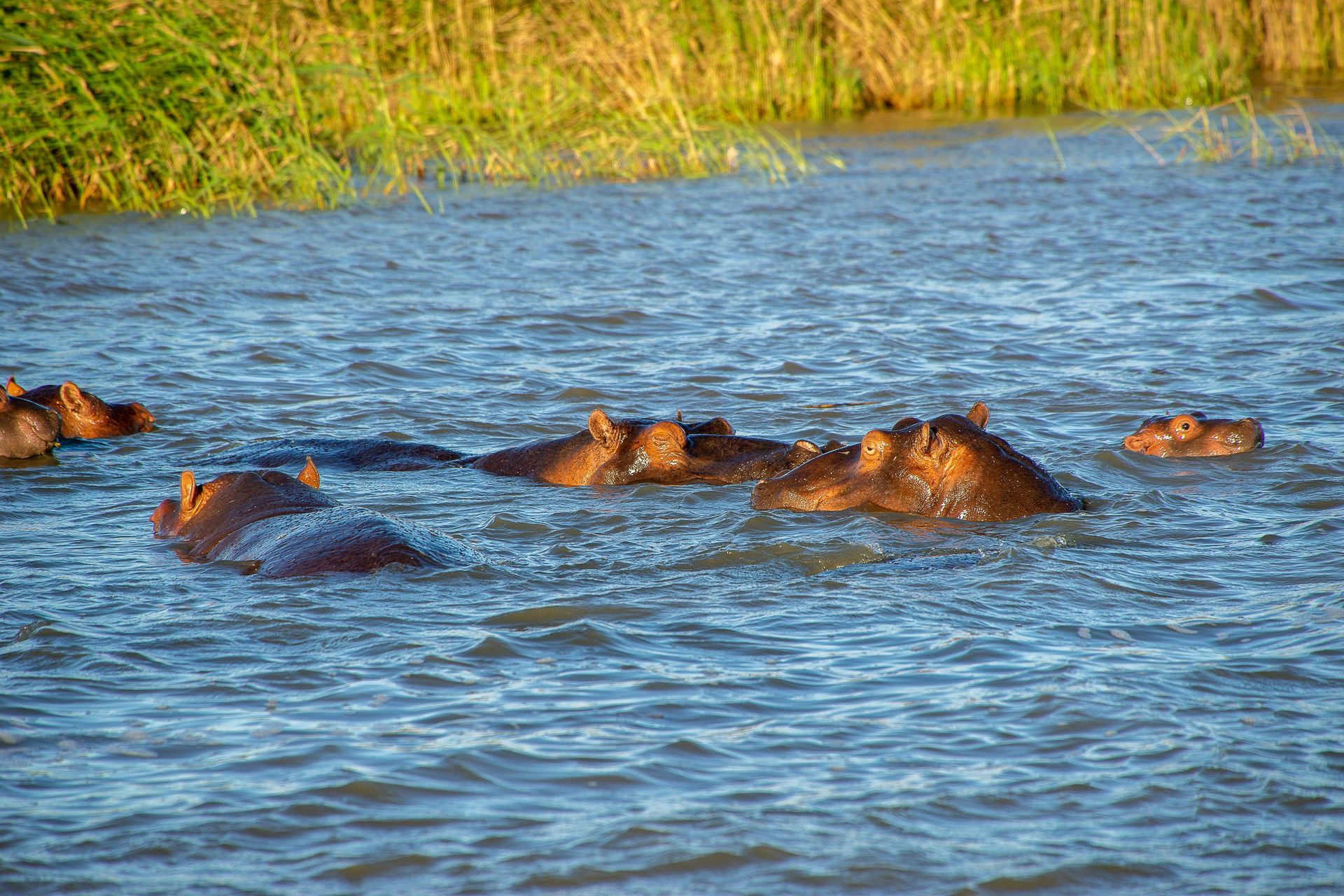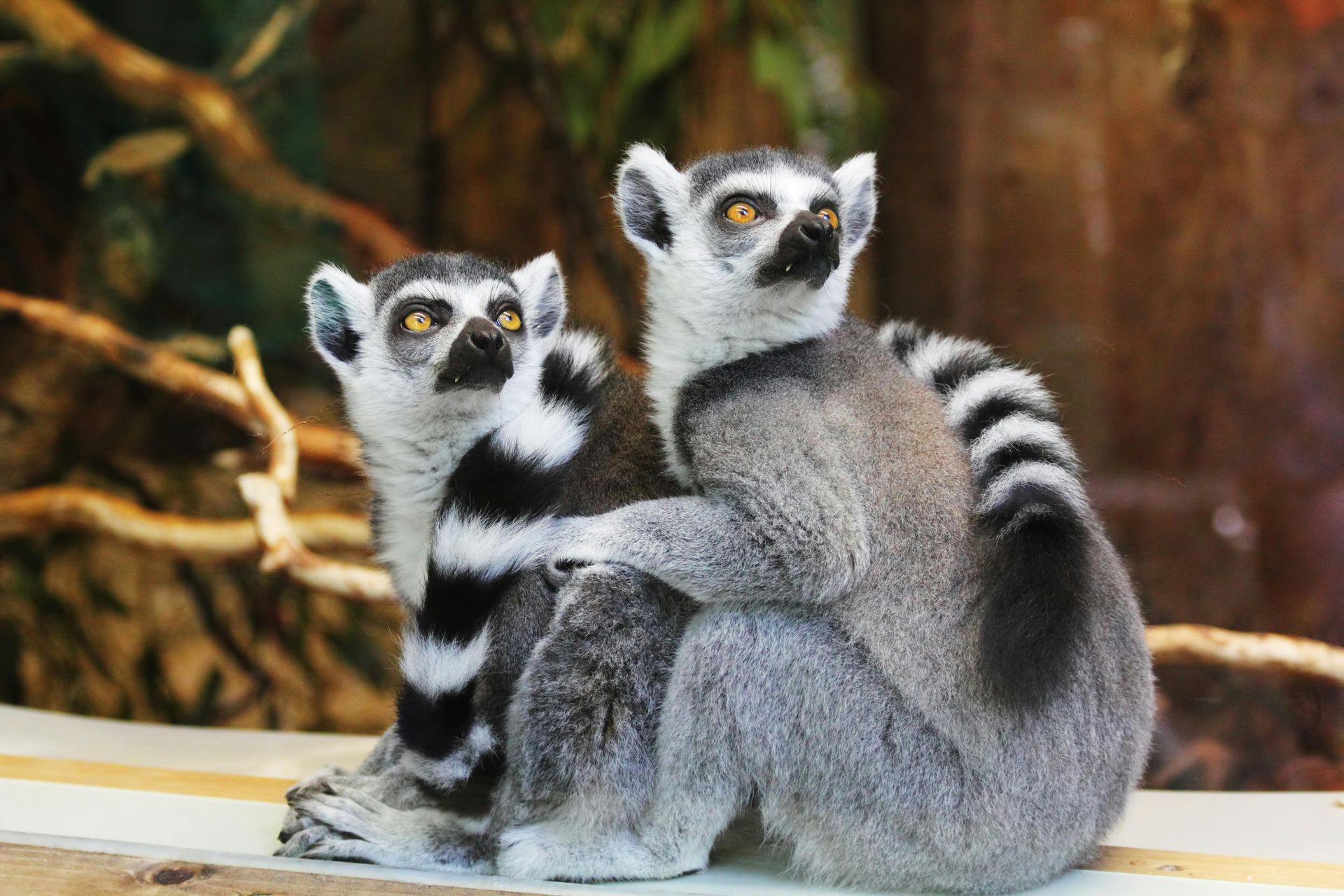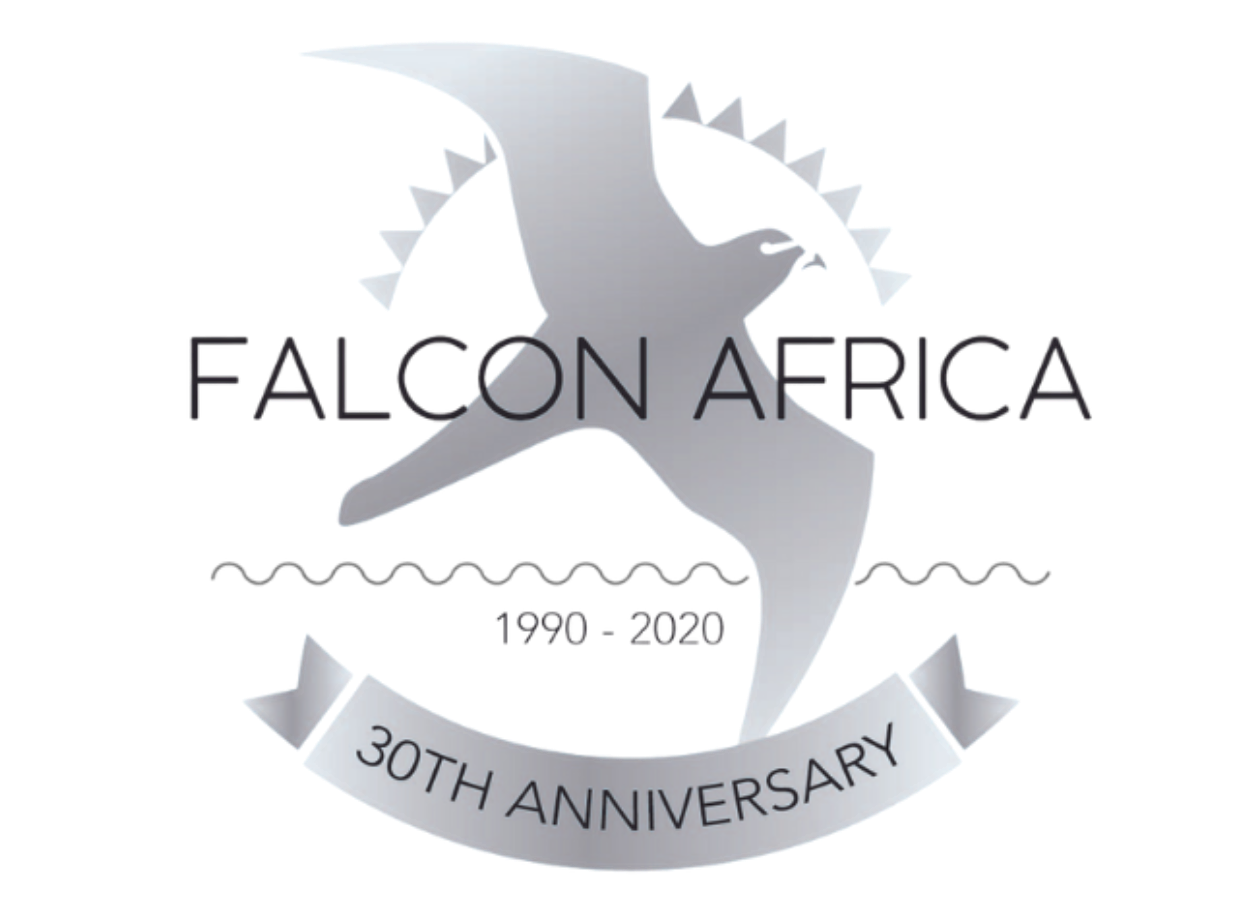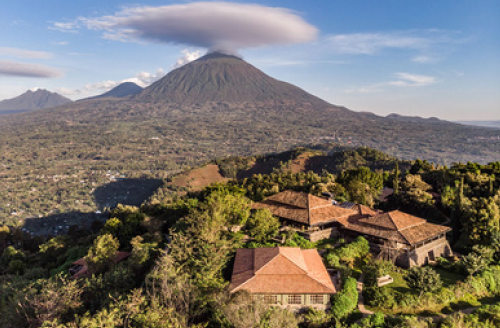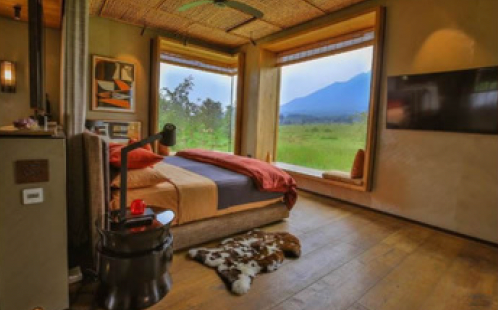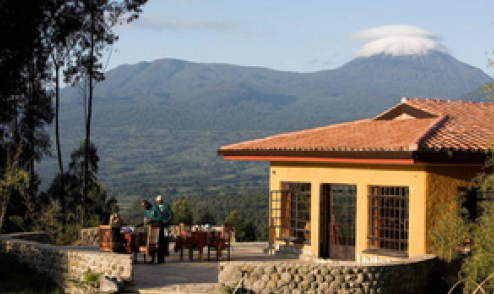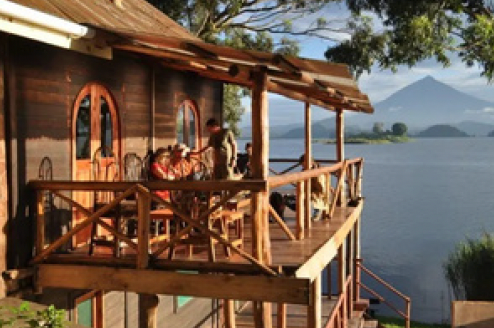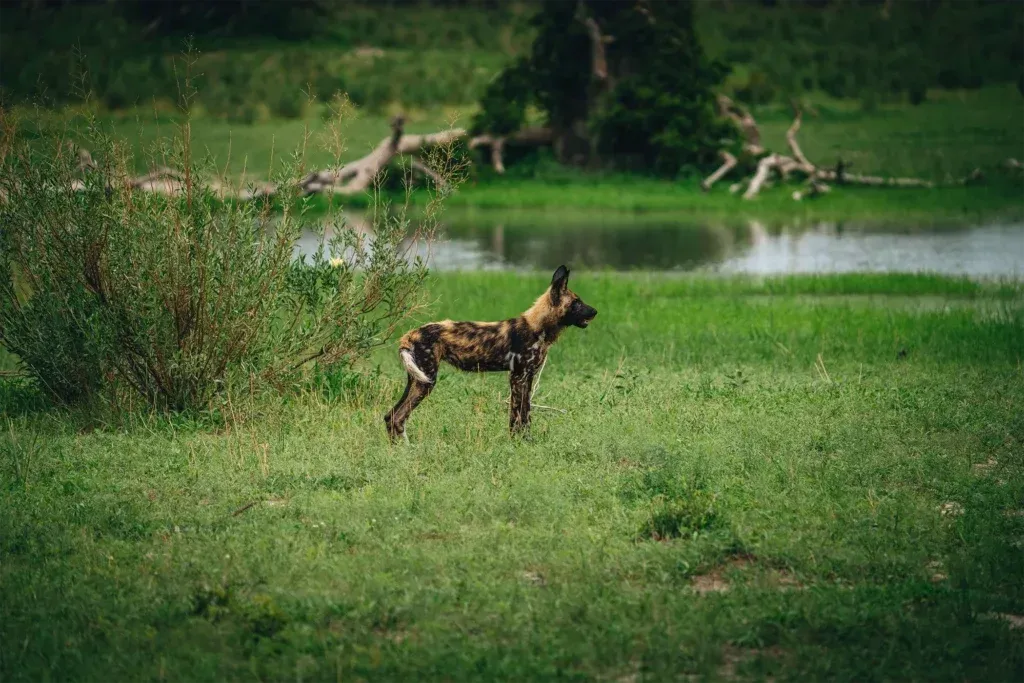Gorilla Trekking - what you should know
Where to stay for your Gorilla Trekking adventure
One of the most important decisions when planning a gorilla trek is where to stay. The right accommodation can make all the difference—whether you’re looking for pure comfort, an immersive jungle experience, or simply a cozy place to rest after a day of trekking. I've explored the options, and here’s what you can expect:
Luxury lodges – unparalleled comfort in the wild If you love luxury in the heart of nature, there are some incredible lodges near gorilla trekking sites. Think private villas, stunning views, gourmet dining, and even spa treatments after a long trek.These lodges offer a seamless blend of comfort and adventure,ensuring you get the best of both worlds.
Examples: Bisate Lodge (Rwanda), Clouds Mountain Gorilla Lodge (Uganda)
Mid-range lodges – the perfect balance for those seeking comfort without extravagance, mid-range lodges are a fantastic option. They often have beautiful forest views,great service, and an authentic feel without the hefty price tag of luxury lodges. You’ll still enjoy private rooms and cozy dining, but in a more relaxed setting.
Examples: Virunga Lodge (Rwanda), Mount Gahinga Lodge(Uganda)
Affordable eco-lodges – affordable & adventurous If you prefer a practical and budget-friendly option, there are clean and welcoming guesthouses that provide all the basics.These places often have a friendly atmosphere, local charm, and proximity to trekking sites, making them perfect for travelers who want to prioritize the experience over luxury.
Examples: Tilorea (Rwanda), Lake Mutanda (Uganda)
Which accommodation suits you best?
- Luxury seekers? Go for a high-end lodge with premium amenities
- Comfort? Mid-range lodges give you authentic comfort without going overboard
- Budget travelers? Guesthouses offer affordable stays.
No matter where you stay, the experience of gorilla trekking is the true highlight—and trust
me, seeing these incredible animals in the wild will stay with you forever.
What to Expect on Your Trek
The trek is challenging yet rewarding, requiring a reasonable level of fitness.
- Expect mud, sweat, and high humidity under the forest canopy.
- A canteen of fresh water is essential for hydration.
- The guides will lead you to a gorilla family, where you’ll spend exactly one hour
observing their behaviors. - No flash photography is allowed, but you can capture stunning moments.
What can be combined with a gorilla trek?
Gorilla trekking isn’t just about wildlife—it’s also an opportunity to connect with the
rich cultures of the region.
- Visit Batwa communities (Uganda & Rwanda) – Discover the traditions of the
Batwa, the original forest-dwelling people of Bwindi and Virunga. Learn about
their survival techniques, ancient stories, and traditional dances. - Explore Kigali’s Genocide Memorial (Rwanda) – A moving and educational
experience that deepens your understanding of Rwanda’s resilience and history. - Craft markets & village tours – From Uganda to Rwanda, explore local handmade
goods, art, and community-led projects that support conservation efforts.
Incorporating cultural experiences alongside your trek makes your journey even more
meaningful—allowing you to appreciate both nature and heritage in a single trip.
Chimpanzee Trekking:
If you loved observing gorillas, why not experience a chimpanzee trek as well? These
highly intelligent primates are fast-moving, vocal, and endlessly fascinating to watch.
Top Locations for Chimp Trekking:
- Kibale Forest (Uganda) – Home to over 1,500 chimpanzees and excellent primate
diversity. - Nyungwe Forest (Rwanda) – Not only home to chimpanzees but also Colobus
monkeys and a breathtaking canopy walk!
Pairing chimpanzee trekking with gorilla trekking gives you a complete primate
experience, revealing the incredible variety of Africa’s great apes.
Volcano Hiking: Conquer Africa’s Dramatic Landscapes
- Golden Monkey trekking
- Wildlife safari: Combine the trekking with the wildebeest migration in the
neighbouring Serengeti or Masai Mara
Essential Packing List for Gorilla Trekking
- Hiking Boots – High-quality, sturdy footwear is a must.
- Gloves – Protect your hands when grabbing vines, branches, and trees.
- Light Rain Jacket – The rainforest climate means unexpected showers.
- Energy Snacks – Nuts, dried fruit, chocolate, and power bars are great fuel.
- Reusable Water Bottle – Preferably with a purifying filter for safe hydration.
- Long Pants & Shirts – Protect your skin from scratches and insects. Tuck trousersinto socks.
Plan Your Gorilla Trek with Falcon Africa
At Falcon Africa, we specialize in tailor-made wildlife adventures, bringing you face-
to-face with Africa’s most incredible creatures.
Allan stands as Africa’s leading safari curator—crafting bespoke itineraries that blend
luxury, adventure, and authentic wilderness encounters like no other.
Start planning
your adventure today.
FAQ
Do I need a visa?
Yes, most travelers need a visa to enter Rwanda. You can apply online or get an EastAfrican Tourist Visa if you plan to visit Uganda and Kenya as well.
How much does a gorilla trekking permit cost?
The permit costs $1,500 per person for one hour with the gorillas. There are exclusiveoptions for longer visits at higher prices.
Are there rules to follow?
Yes! You must maintain a 7-meter distance, avoid flash photography, and follow theguide’s instructions to ensure minimal disturbance to the gorillas.
How fit do I need to be?
Trekking can take 1-6 hours, depending on where the gorillas are. A moderate level offitness is required.
When is the best time to go?
April should be avoided, but trekking is open all year. The dry seasons (December–February and June–September) are the most popular.
